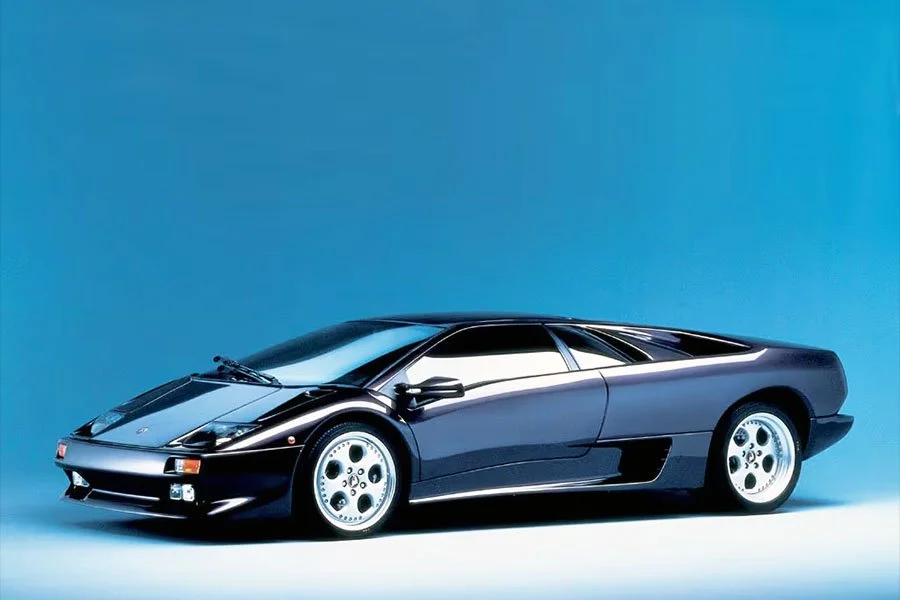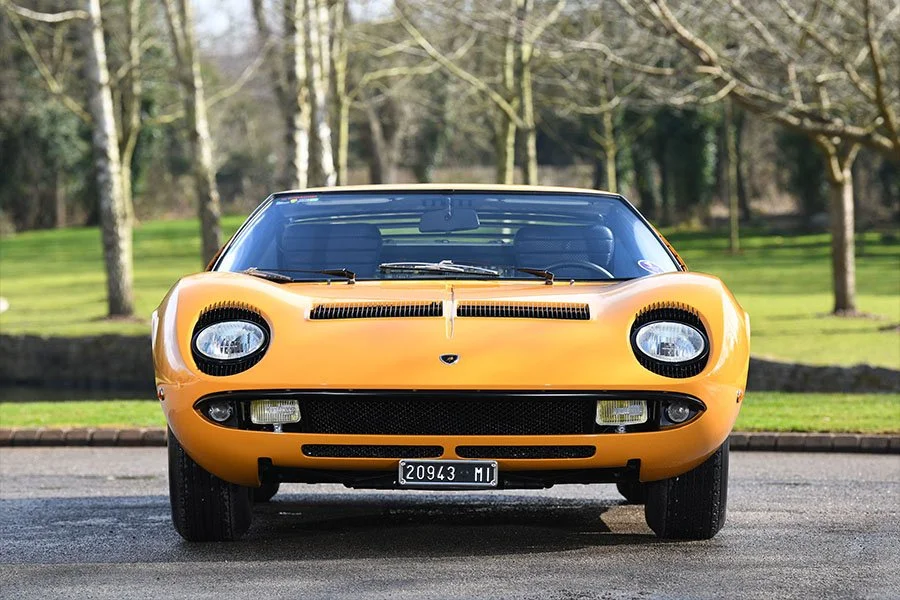Short: Why Automobili Lamborghini had to Destroy its Most Valuable Creation
/During the spring of 1974, what would today almost certainly be regarded as the most valuable Lamborghini in existence was deliberately destroyed. That car was the one-off Countach LP500 prototype which had stunned the world on its motor show debut at the Geneva Salon in March 1971.
The bright yellow projectile was not the first automotive design to adopt an avant garde wedge profile, however, cars like the Alfa Romeo Carabo and Ferrari Modulo had emerged as pure styling concepts. By contrast, Lamborghini made it known the sensational Countach would soon be in production, a statement that inevitably led to much-reduced demand for the Miura SV also launched at Geneva in ’71.
Unfortunately, the Italian firm had not expected such a challenging development saga with the Countach; cooling the enormous mid-mounted and highly experimental five-litre V12 proved difficult and the space-age interior with its state-of-art digital instrumentation also proved troublesome.
Lamborghini’s problems were further exacerbated by a serious cash shortage. The company had recently embarked upon a major expansion to bring the V8-engined Urraco to market. Expected to sell in much greater volume than the firm’s V12 models, the Urraco was supposed to usher in a new era of financial stability. However, before production of the junior model finally started in November 1972, economic conditions had turned sour.
With trade unionised staff no longer able to be laid off, Ferruccio Lamborghini had been forced to sell his tractor company to SAME and 51% of Automobili Lamborghini to Swiss industrialist, Georges-Henri Rossetti.
To compound these problems, an energy crisis caused by war in the Middle East hit at the end of 1973 when Arab OPEC members announced an embargo on oil sales to the USA, UK, Canada, Japan and the Netherlands. Oil prices rose exponentially and remained at elevated levels for the next two years. Demand for gas guzzlers practically disappeared overnight.
1974 saw Ferruccio Lamborghini sell the remaining 49% stake of his auto maker to Rene Leimer, a friend of Georges-Henri Rossetti.
Meanwhile, factory test driver Bob Wallace had been busy thrashing the solitary Countach prototype around to iron out its myriad problems.
To improve airflow to the engine bay, NACA ducts were carved out from each flank and intake boxes were tacked on to each sail panel. The digital dash was discarded in favour of a conventional analogue set up. With serious question marks over the five-litre engine’s longevity (and no cash to develop it further), Lamborghini opted to fit their existing and well-proven four-litre unit to the production model.
This sorry state of affairs meant that, by March of 1974 and with production just about ready to get underway, the by now tired and tatty Countach prototype, a true automotive design icon, had to be taken to the MIRA headquarters in England where it was crash tested to gain type approval.
Text copyright: Supercar Nostalgia
Photo copyright: Lamborghini - https://www.lamborghini.com & Bertone - https://bertone.it/


































